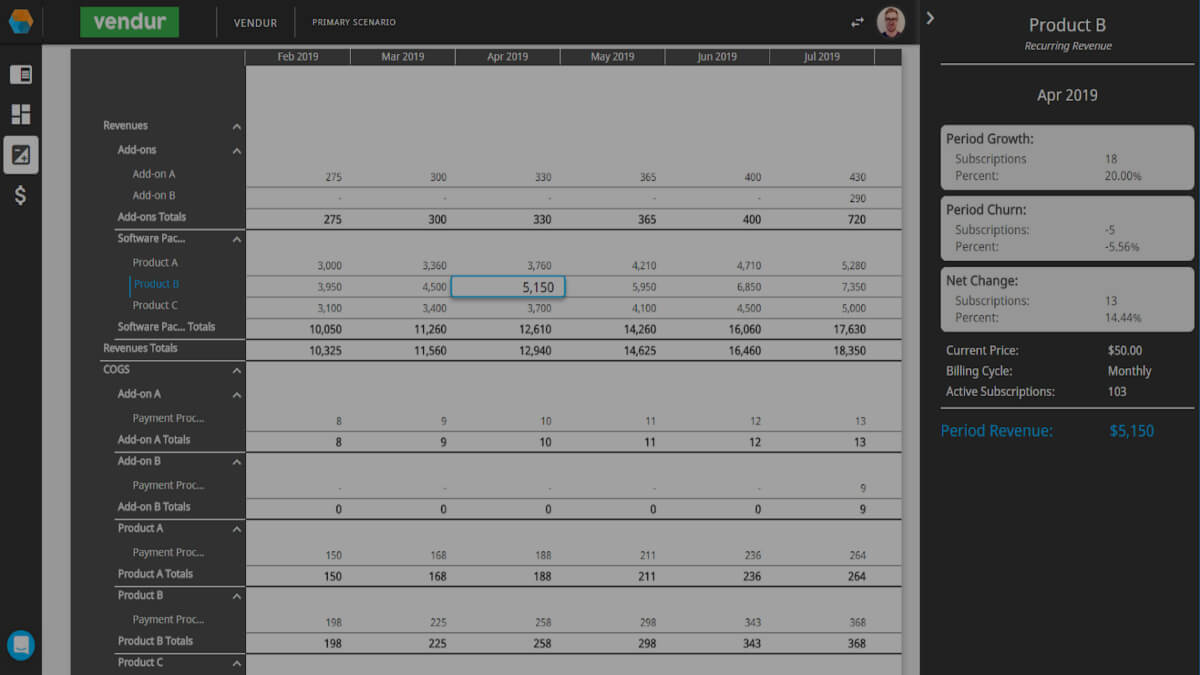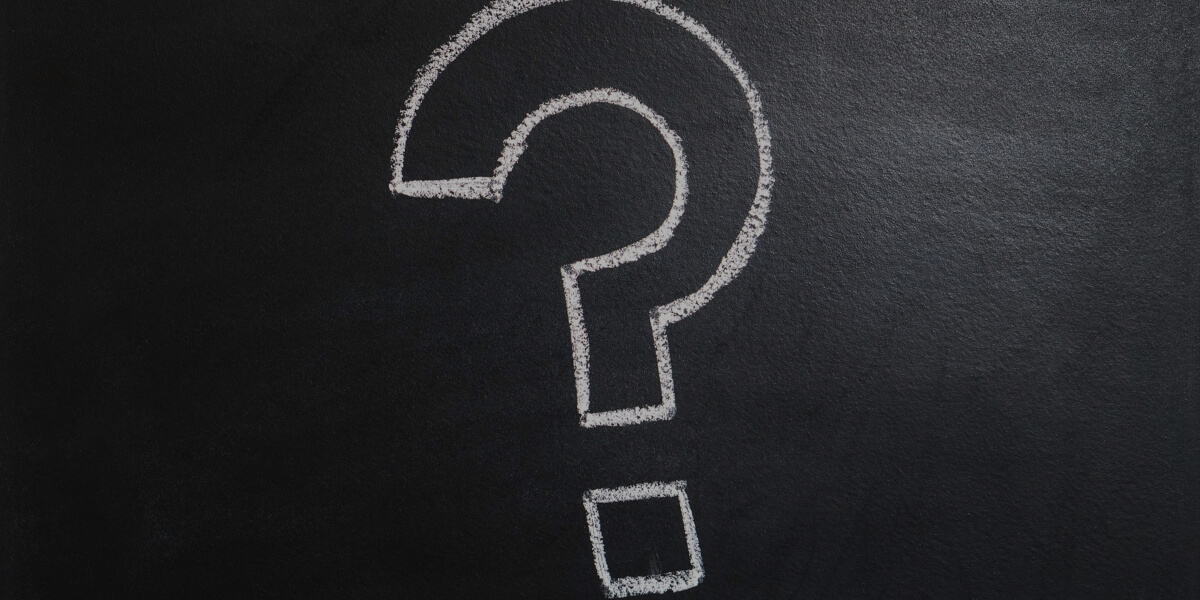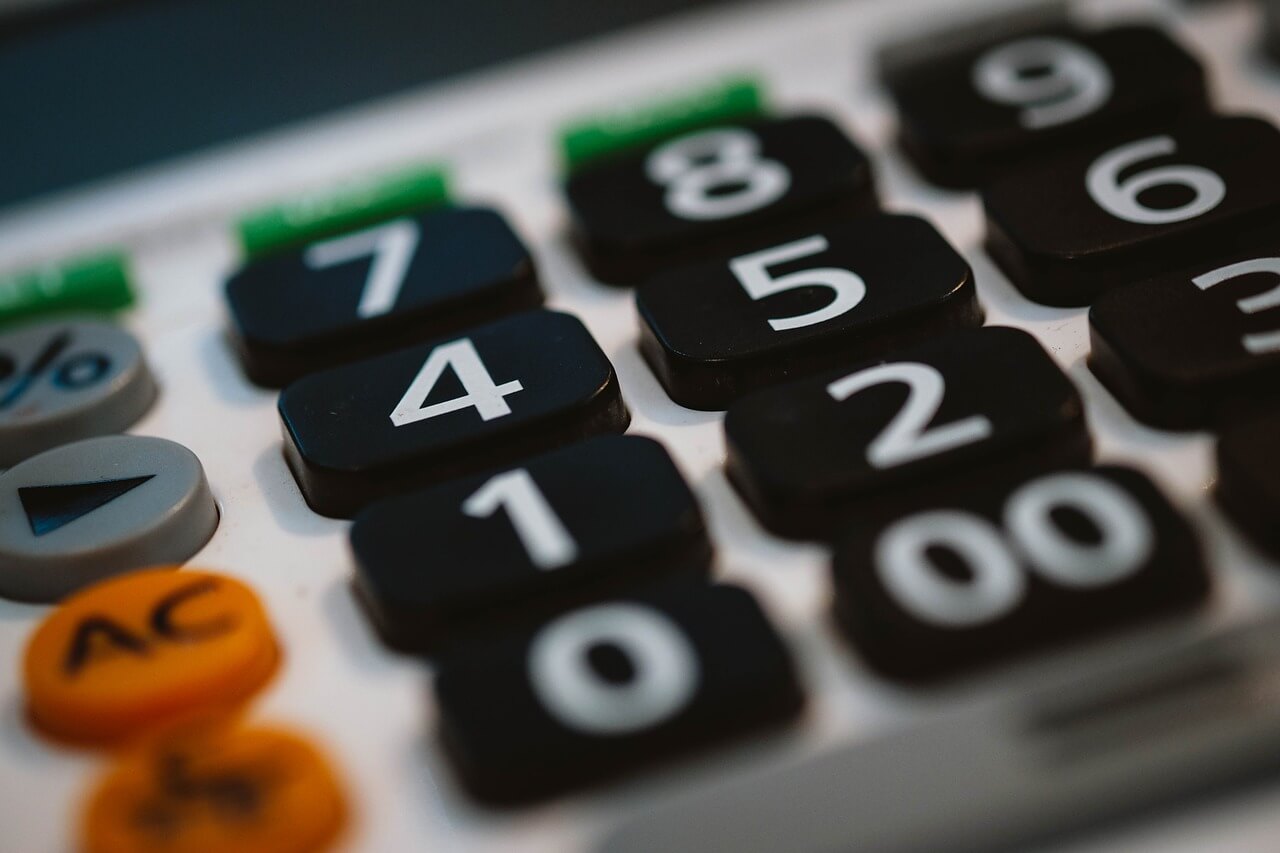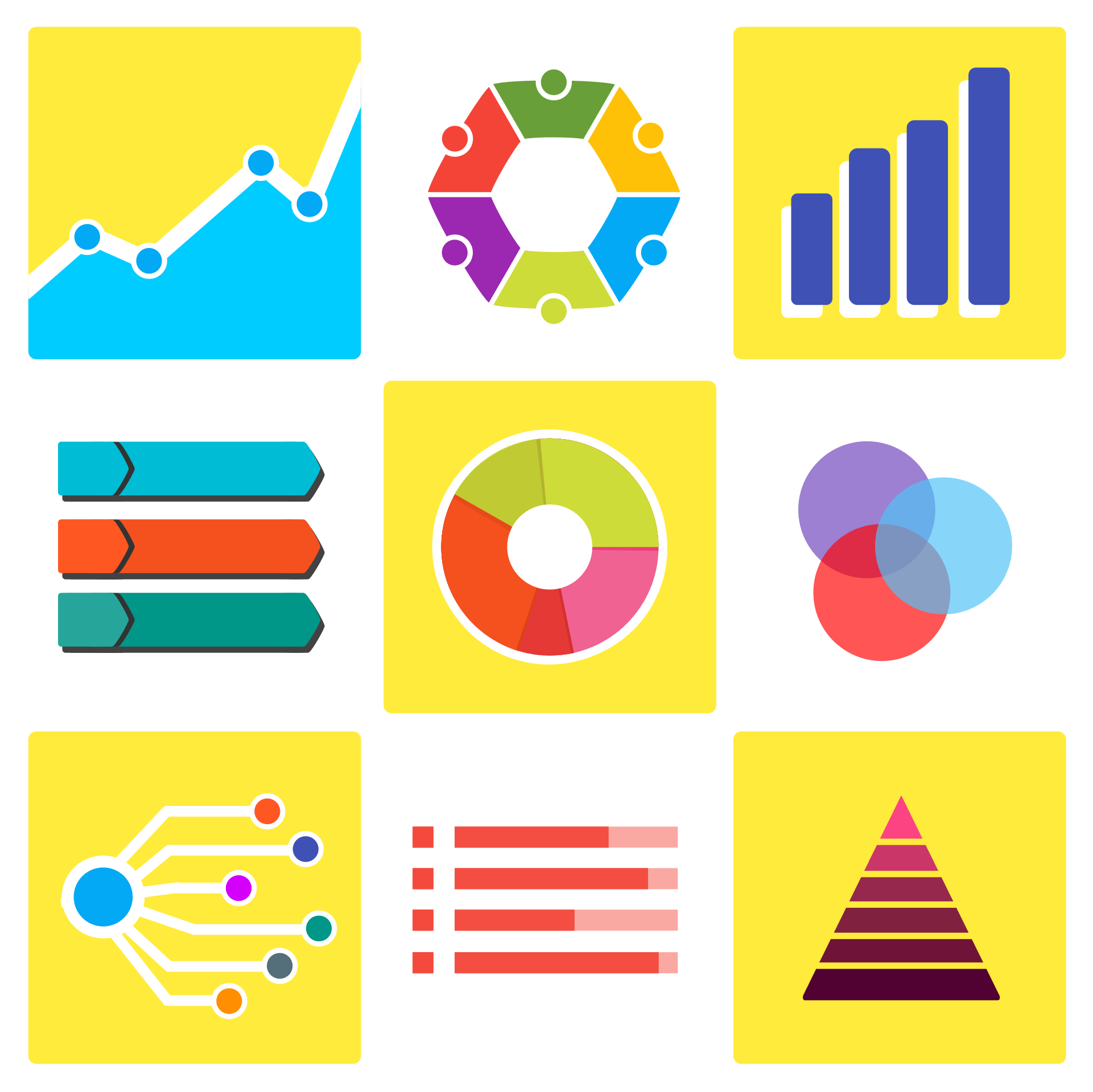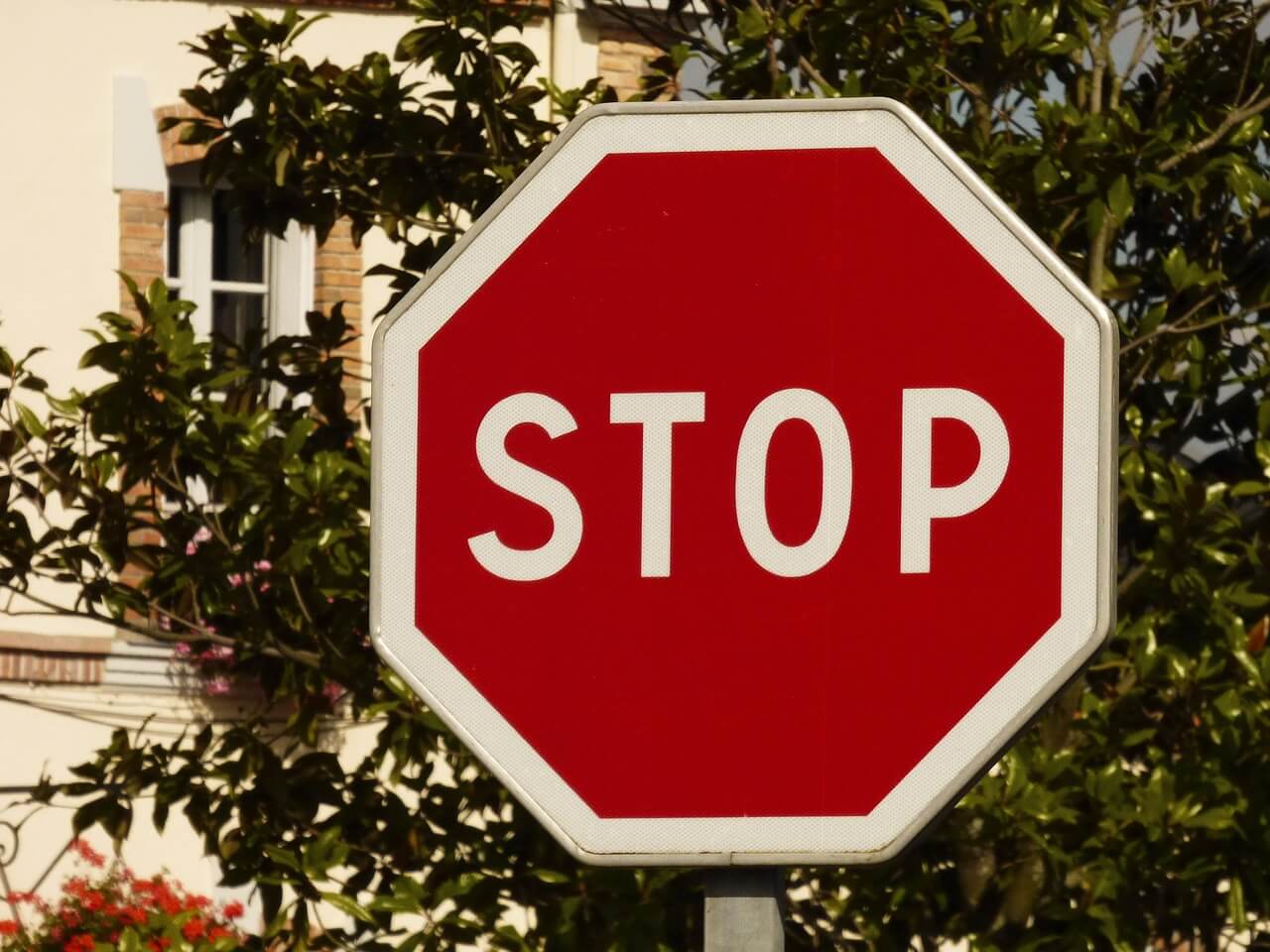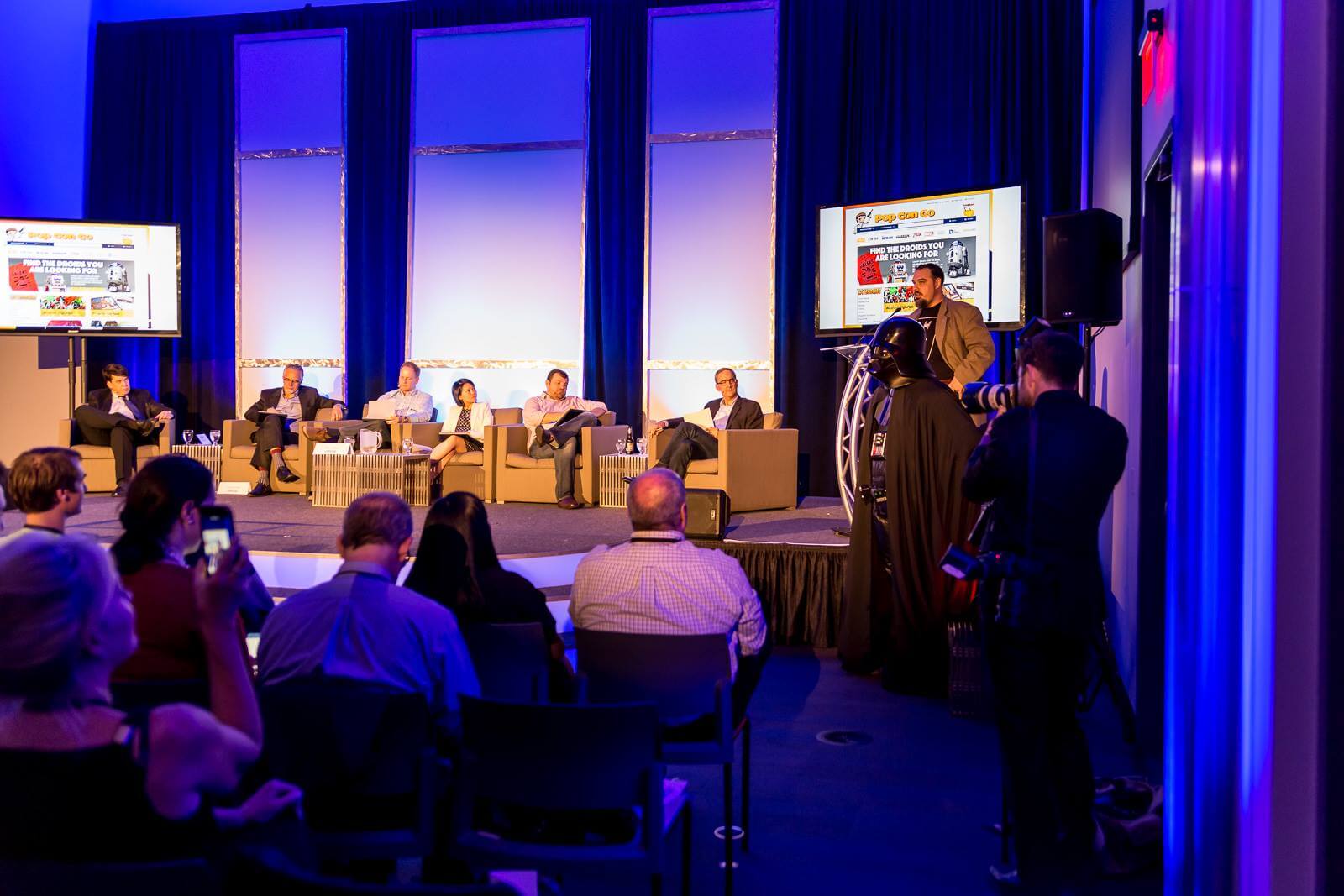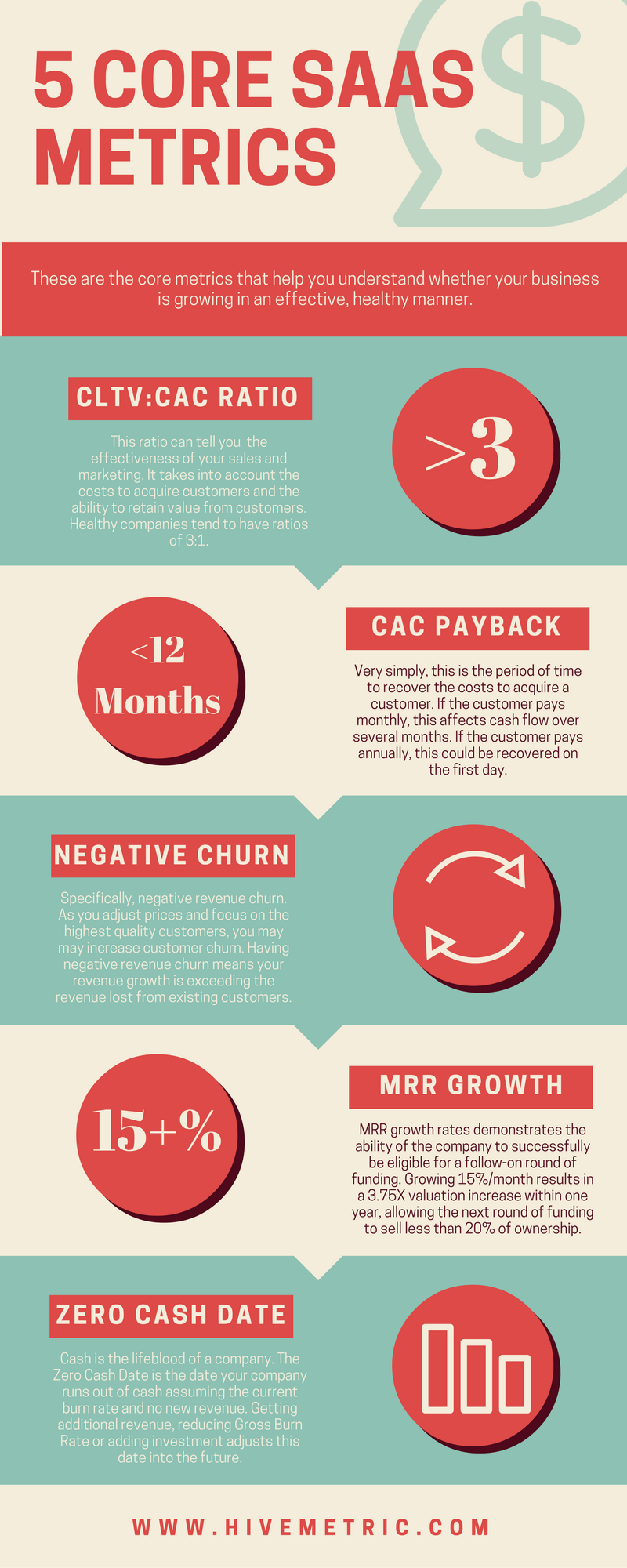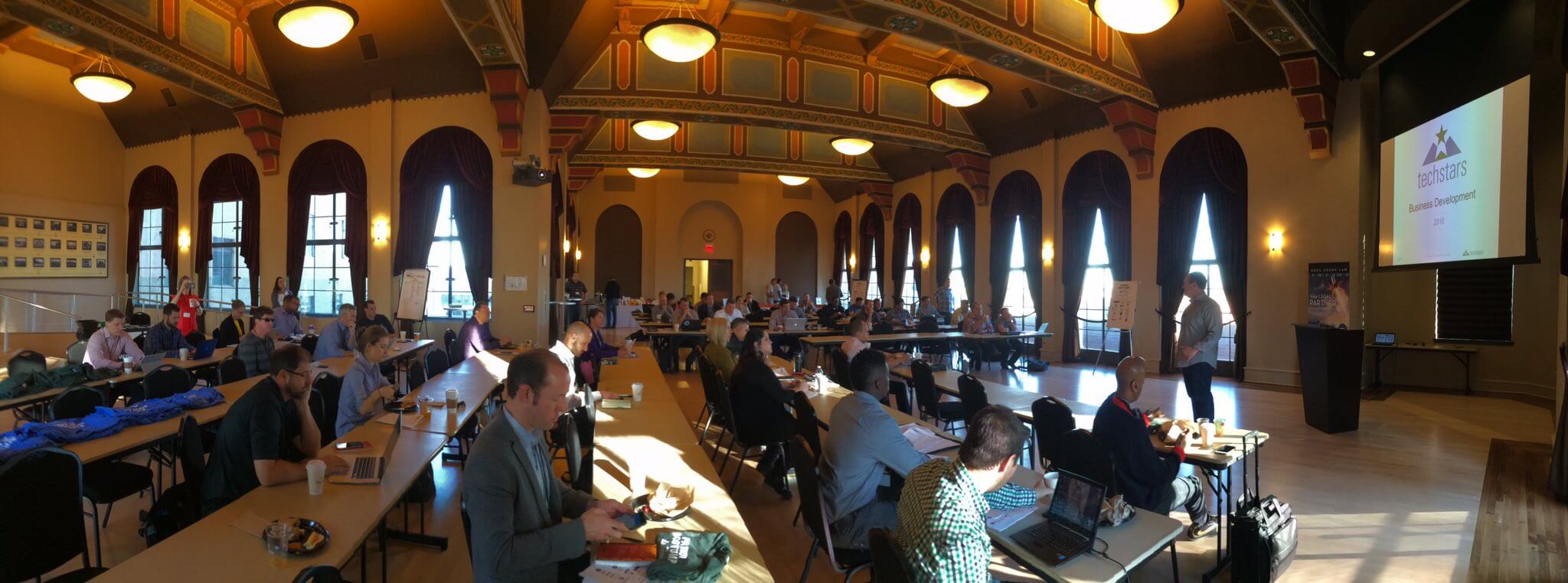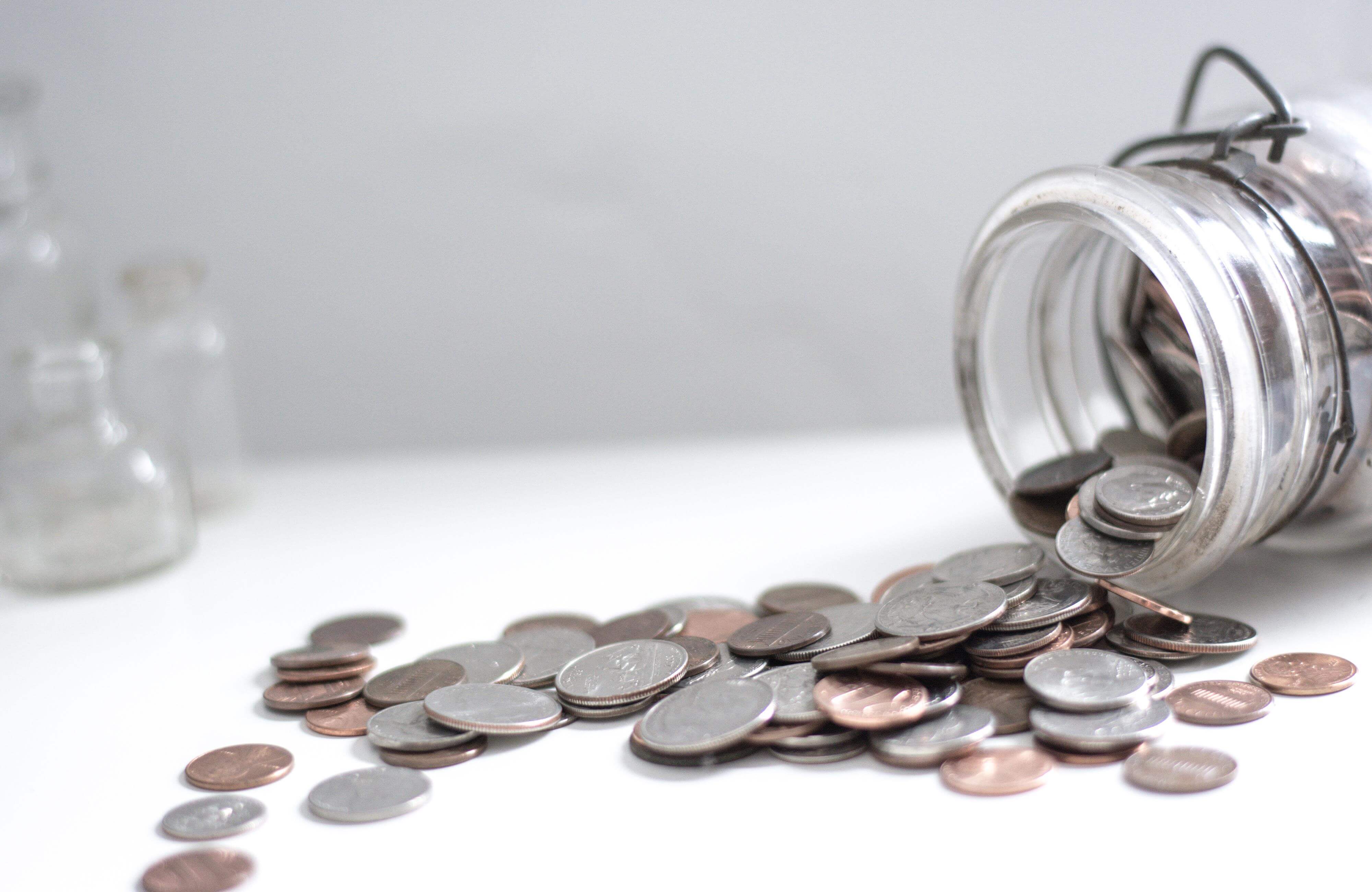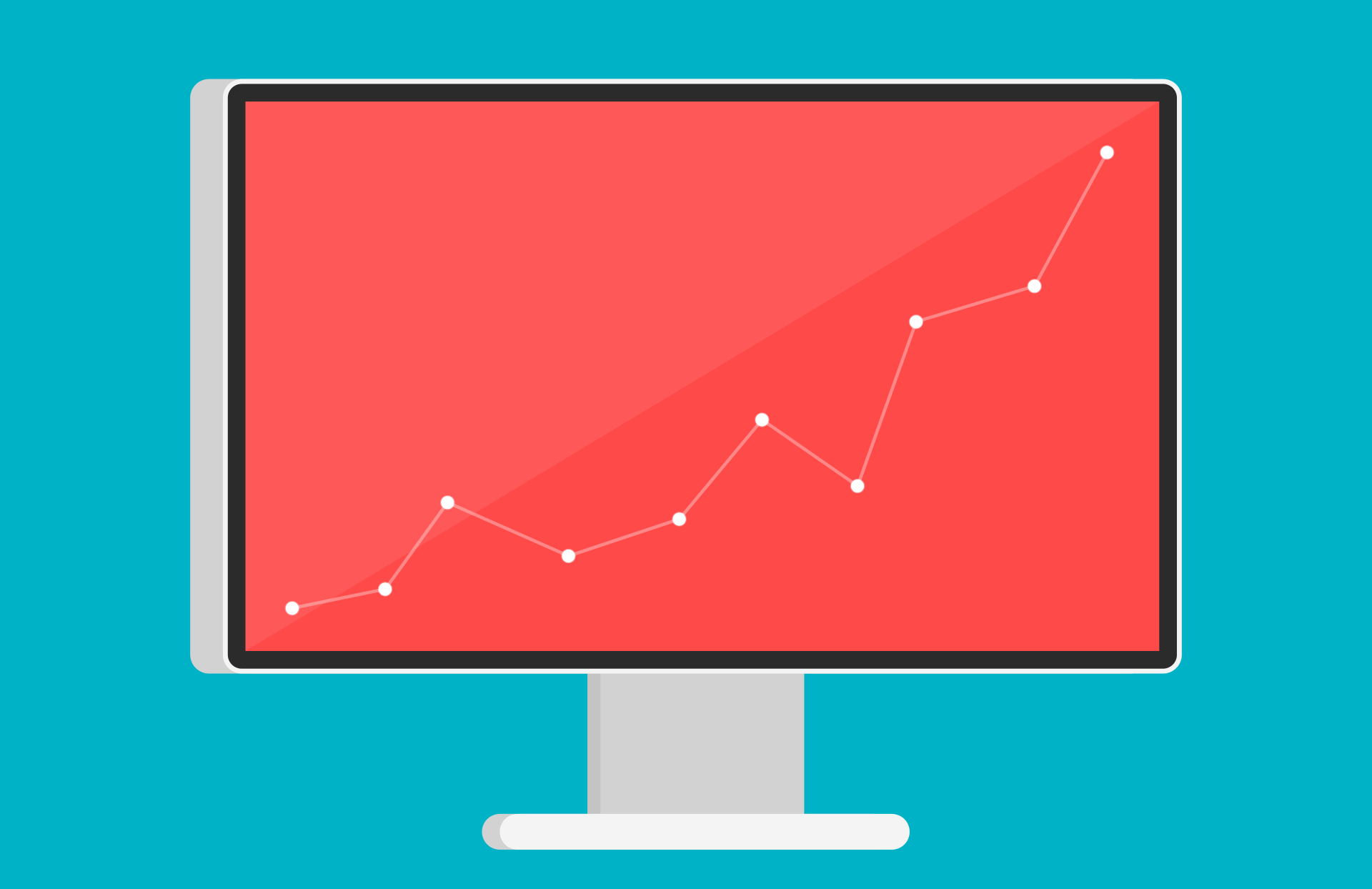You’ve got an idea for what you want to charge people for your product. All you have to do now is slap on a pricetag and you’ll be on your way to business success, right?
Sadly, no.
I’m sure that you’ve got a great product that customers will be willing to pay a hefty sum. (And hopefully you first read our post on Using Value-Based Pricing Strategies)
What most companies do not realize is how they can use a variety of psychological pricing techniques to turn a prospect who is on edge into a paying customer. Developing a strategic framework to display your prices is often one of the most underlooked pieces to your product, and can yield huge benefits to your business if implemented effectively. You don’t want to miss out on customers that could easily be yours, right?
Didn’t think so, let’s get to it.
Pricing Tactics and Display
There are endless strategies for displaying the price of your product that can provoke a psychological effect on the buyer and induce them to buy. We will outline a few of the most basic yet effective approaches. For a full list of incredible pricing strategies, check out The Psychology of Pricing
1. Rule of 9
From restaurants to online retailers, you can find products nearly everywhere that are priced with some number ending in “.99”. Studies have shown that ending a price in 9 can appear to make the product look as if it is a bargain or on sale to the buyer. Additionally, dropping price by 1 cent can cause the left-most digit to decrease, which causes the buyer to perceive the price as lower as well.
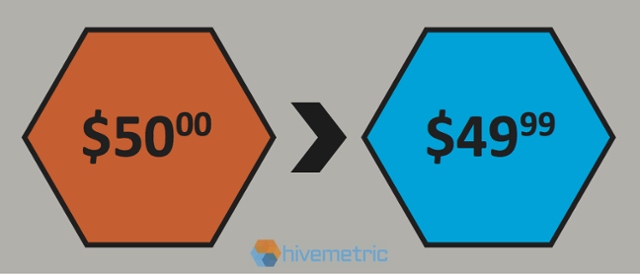
2. Payment Bundles
This one shouldn’t come as a surprise either. If your product has the possibility of bundling payments into a series of monthly installments, the likelihood of a purchase will increase.

Although customers know that the payment bundle is worth the same value, research shows that the relative value is subconsciously perceived as lower with the 5-payment package.
3. Using Reference Pricing
Using reference prices is one of the most successful pricing tactics available. A reference price is a price that people subconsciously compare the listed price to, creating the illusion that the listed price is cheaper or a better deal.
Reference prices can be used in a variety of ways that are fully detailed in The Psychology of Pricing.
For example, you can put your more expensive offerings on the same page as the product you are trying to sell. This makes your target product seem cheaper relative to other products. Easy enough, right?
But let’s say you are introducing a new product for a higher price than old products. Contrary to what you might think, you should increase the price of your old products before releasing the new one. This creates a higher reference price and makes the new product seem cheaper due to the smaller price increase from old to new.

4. Decoy Pricing
A very common method of pricing used by many companies is in using a price decoy. In this strategy, the company displays multiple products to choose from. The catch is that one of those products is priced higher relative to the other offerings. That higher offering is considered a price decoy. In fact, Apple is widely known for using pricing decoys among their extensive line of products. In reality, customers are unlikely to ever actually purchase the decoy price. The true intention is to make the alternative products seem like they are of better relative value when compared to the decoy.
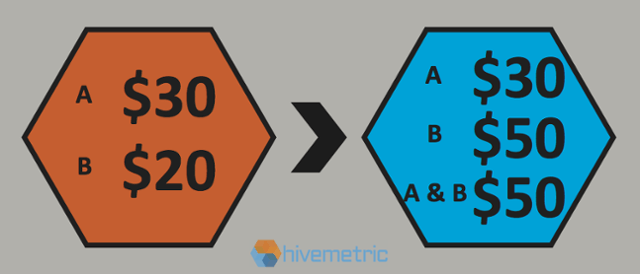
When Product A and Product B are offered separately, the customer might not have a need to purchase both products. However, when Product B is listed for the same price as Product A & B, it then becomes the decoy. Customers will be much more inclined to purchase the bundled product package, regardless of whether they really need both.
Conclusion
This post was only intended to touch on a few of the hundreds of pricing tactics that are used today to take advantage of how people interpret information. If you really want to dive more into it, please check out these awesome resources:
Also, check out our post on building a pricing page.

